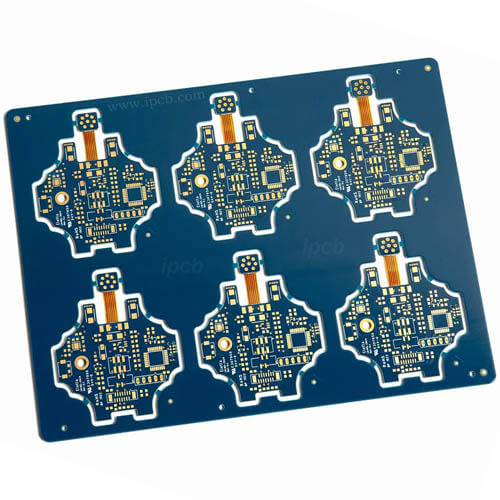Signal sources can provide highly stable test signals for various components and system test applications. The signal generator adds a modulation function to help simulate the system signal and test the receiver performance. Vector signal and radio frequency signal source can both be used as test signal source. Below, we analyze their own characteristics.
1. Introduction of Vector Signal Source
Vector signal generator appeared in the 1980s. It uses intermediate frequency vector modulation combined with RF down-conversion to generate vector modulation signal. The principle is to use a frequency synthesizer to produce a continuously variable local microwave signal and an intermediate frequency signal with a fixed frequency. The intermediate frequency signal and the baseband signal enter the vector modulator to produce an intermediate frequency vector modulated signal with a fixed carrier frequency (the carrier frequency is the frequency of the point frequency signal), which is mixed with a continuously variable local microwave signal to produce a continuously variable radio frequency signal. The RF signal contains the same baseband information as the IF vector modulation signal. The radio frequency signal is then modulated and filtered by the signal conditioning unit and sent to the output port for output.
The frequency synthesis subunit, signal conditioning subunit, analog modulation system of the vector signal generator are the same as the general signal generator. The difference between vector signal generator and general signal generator is the vector modulation unit and the baseband signal generation unit.

Like analog modulation, digital modulation has three basic modes: AM, PM and FM. A vector modulator usually consists of four functional units: the 90 degree phase shifting power unit of the local oscillator converts the input RF signal into two orthogonal RF signals; The two mixer units multiply the baseband signal with the confidence signal and the orthogonal signal with the corresponding radio frequency signal respectively. The power synthesis unit sums and outputs the multiplied two signals. In general, all input and output ports are internally terminated with 50 load and are differentially driven to reduce port return loss and improve the performance of vector modulators.
The baseband signal generator unit is used to generate the desired digital modulation baseband signal, or it can use the waveforms provided by the user to generate user-defined formats in the waveform memory. Baseband signal generator usually consists of a burst pulse processor, a data generator, a code generator, a finite impact response (FIR) filter, a digital resampler, a DAC and a reconstructive filter.
2. Introduction of radio frequency signal sources
Indirect synthesis is often used in modern frequency synthesis technology. The frequency of the main vibration source is connected with the frequency of the reference frequency source by a phase-locked loop. It requires less hardware, high reliability and wide frequency range. It is a phase-locked loop, and the radio frequency signal source is a relatively broad-spectrum concept. Generally speaking, the signal source that can generate the radio frequency signal can ride on the radio frequency signal source. The current vector source is also mostly in the RF band, so it is also called vector RF source.
3. The difference between the two signals
1. Simple RF signal sources are only used to generate analog RF single-frequency signals, generally not used to generate modulated signals, especially digital modulated signals. Generally, this kind of signal source has a wider frequency band and a larger power dynamic range.
2. Vector sources are mainly used to generate vector signals, which are commonly used modulation signals in digital communication. They support such as l/Q modulation: ASK, FSK, MSK, PSK, QAM, custom I/Q, 3GPPLTEFDD and TDD, 3GPPFDD/HSPA/HSPA+, GSM/EDGE/EDGE evolution, TD-SCDMA, WiMAX? And so on. For vector sources, the frequency is usually not too high (around 6GHz) because of its internal band modulator. An important indicator of the corresponding modulator (such as the built-in baseband signal bandwidth) and number of signal channels.